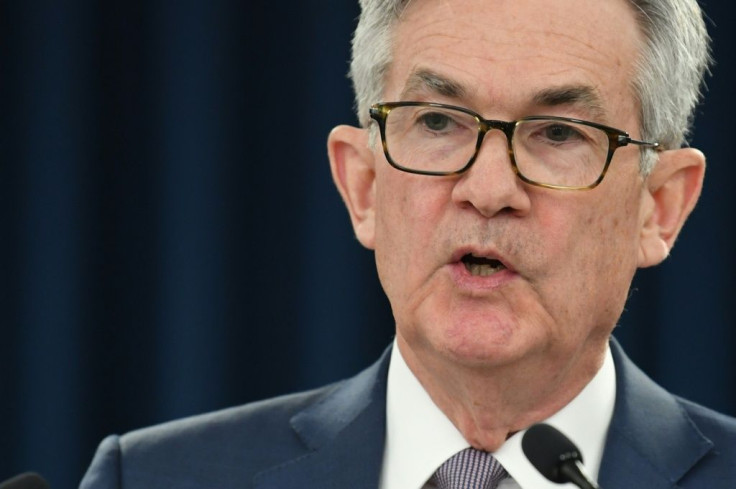Federal Reserve Expands Coronavirus Aid Program To More Cities and Counties
KEY POINTS
- The Fed announced that it would buy up to $500B in municipal bonds
- Population limits restricted the program to 10 cities and 15 counties
- Now the Fed is expanding it to reach 80 cities and 120 counties
The U.S. Federal Reserve has lowered the population threshold for its $500 billion short-term debt purchase to help more cities and counties struggling with the economic fallout of the COVID-19 pandemic. The initial population restrictions on the aid program limited its reach to just 10 cities and 15 counties, leaving out cities with the largest black populations.
As per the original program announced three weeks ago, cities with a population of 500,000 or more were eligible for the program. Miami’s Republican mayor Francis Suarez was one of the first leaders to highlight the issue with that threshold. “Depending on who you believe, we’re either at 470,000 or 510,000. We’re projected to lose about $20 million a month while our economy has ground to a halt. The state of Florida is slated to get $8.3 billion, but we’re not sure if we’re going to get any of it," he told AP.
Brookings Institution found that these population restrictions would inadvertently leave out cities with the largest black populations.
Now, cities with 250,000 residents and counties with at least 500,000 are able to sell their municipal bonds directly to the Fed, dramatically raising the number of eligible cities to 80 along with 120 counties. These cities and counties could have still obtained Fed dollars before this move, but they would have had to appeal directly to their state, injecting an unnecessary dose of politics into an emergency situation. Now, many more cities and counties can deal directly with the Fed.

Cities and states are facing massive budget shortfalls that are far larger than the support the federal government has offered so far, and this move by the Fed is an attempt to close the gap. Unlike the federal government, cities and states cannot sustain deficits for multiple years, and they will be forced to make drastic cuts to essential programs if they are to remain solvent. As the federal response has failed, states have been forming regional coalitions in a dramatic shift in how the United States governs itself.
This move by the Federal Reserve is aimed to buy local governments more time, as it could help reduce interest rates, ease borrowing and aid local governments in their perpetual quest to raise additional revenue. After announcing this expansion, the Fed said in a statement that it would “monitor conditions in primary and secondary markets for municipal securities and will evaluate whether additional measures are needed to support the flow of credit and liquidity to state and local governments.”
© Copyright IBTimes 2024. All rights reserved.





















